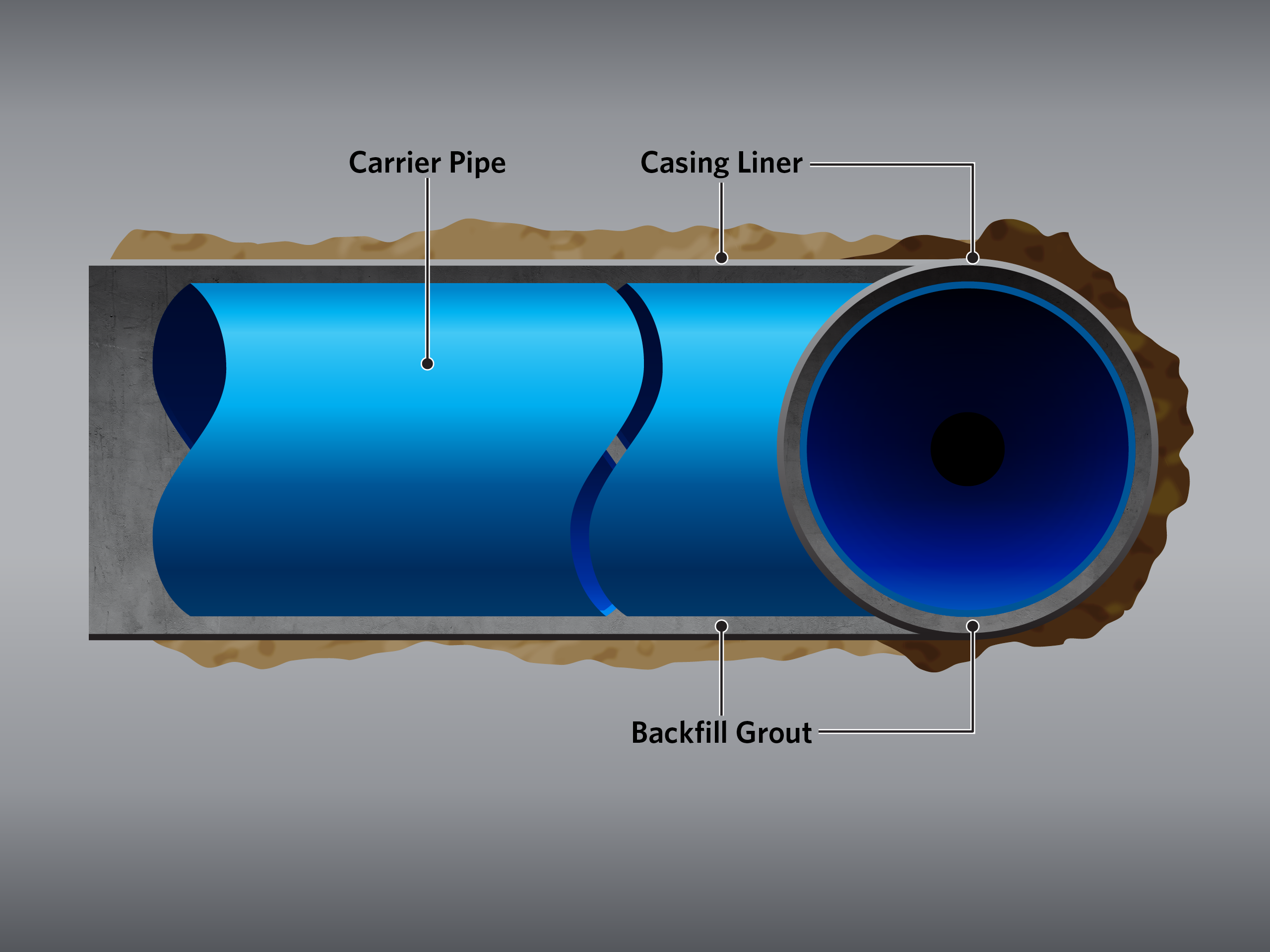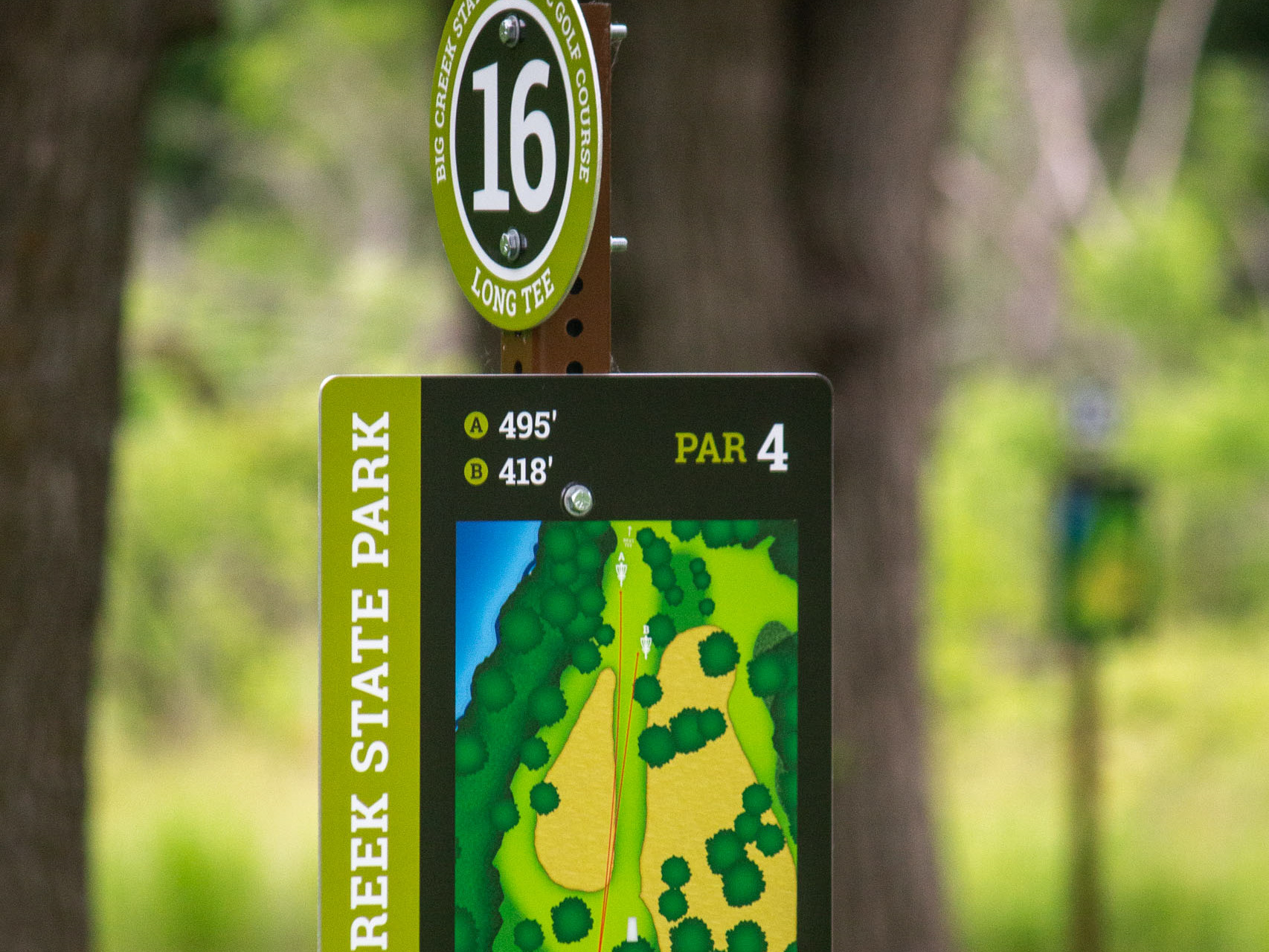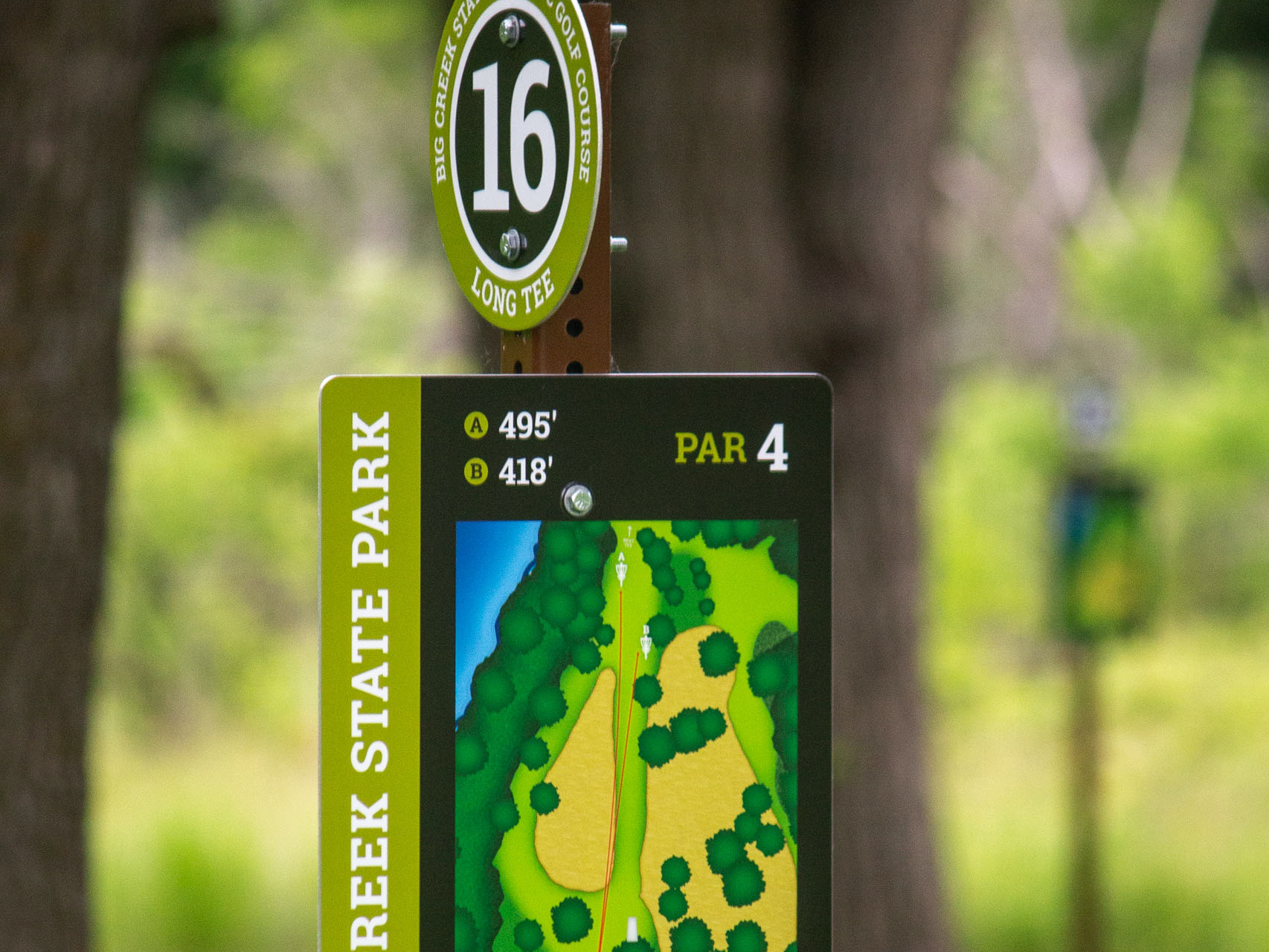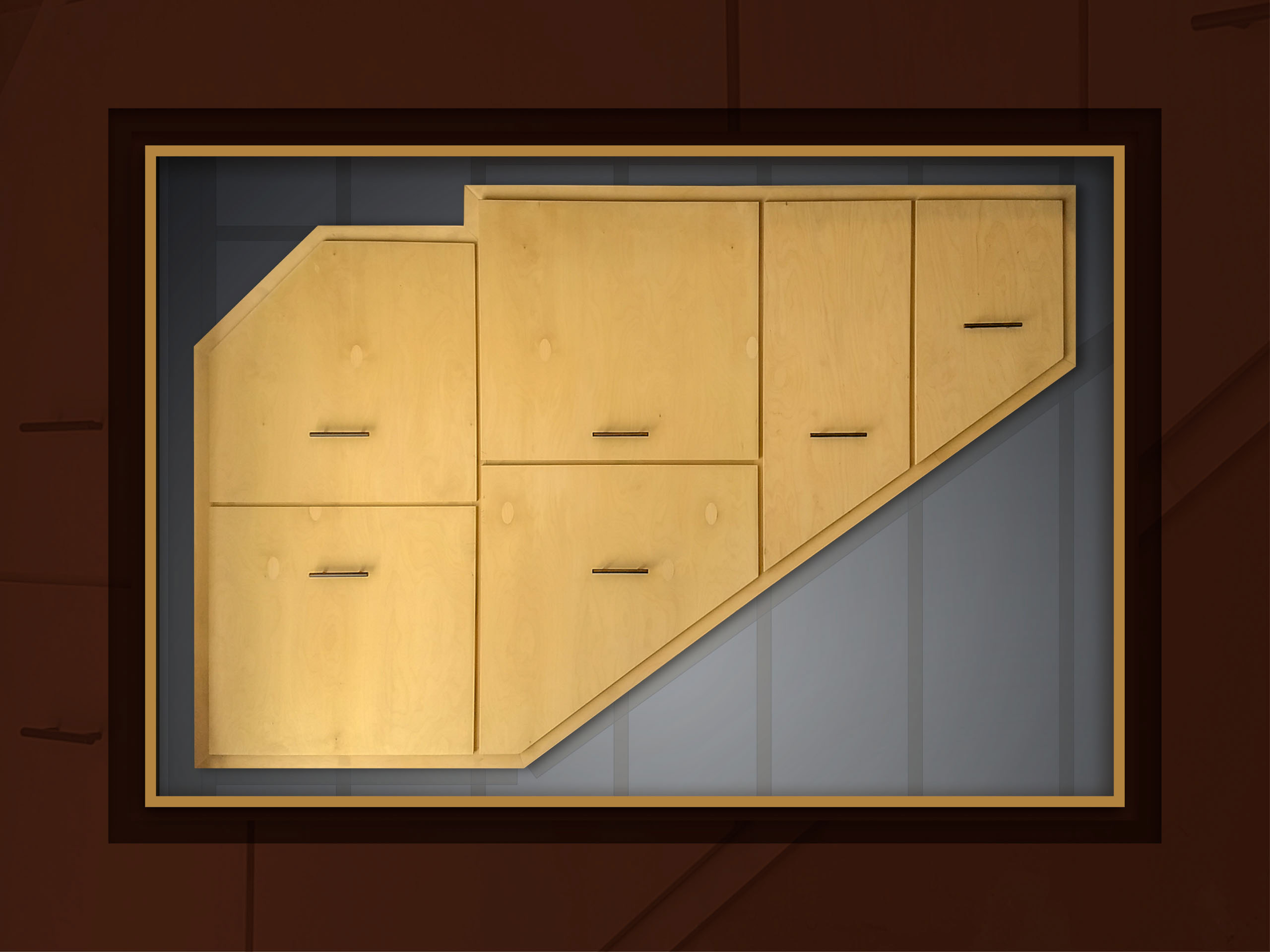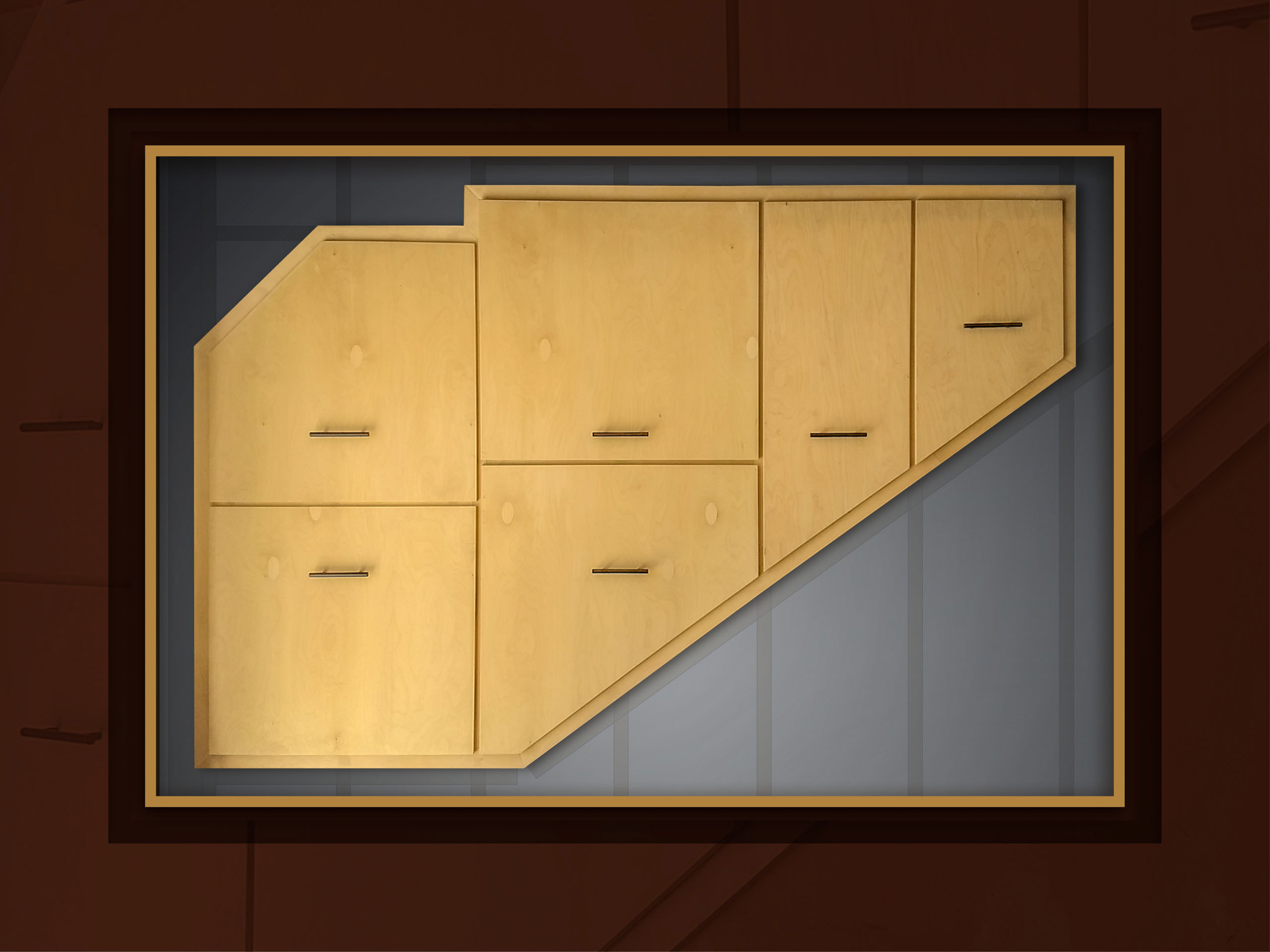Like many professionals, working from home was not something I had done on a daily basis prior the COVID-19 pandemic. Thankfully, graphic design is easily conducted from remote locations. So when my company sent its employees home to work for what would become the entirety of the pandemic, I had to scramble to set up an office.
I was grateful to have a spare bedroom available to use as my dedicated office, but it was not adequately equipped. Without the typical office furniture, I initially settled for a recliner, a folding card table and my son's Angry Birds lap desk for my keyboard tray.
My situation wasn't bad — but it wasn't great either. Working at a card table nearly the entire day for months on end does get tiresome. After some time, our team was allowed to make one trip back to headquarters to retrieve personal items and other equipment. Thankfully, I had a very nice office chair which I was able to bring home for daily use.
However, in the transition from my old recliner to the chair, I had developed soreness in my shoulder. After some reflection, I realized that when I gave up the lap desk "keyboard tray", the ergonomics of typing and clicking had changed for the worse.
At first, I resolved the issue by using a pipe cutter to reduce the height of the table legs. Even so, it was beginning to sag under the weight of my laptop, large display monitor and my hands pounding away on the keyboard.
I decided to design a desk for myself that would be custom-fit to my seated height. I wanted it to be easy to disassemble, so that it wouldn't be a massive struggle to move it through a narrow door frame or up a tight stairwell.
Above: Early conceptual sketches.
Above: An exploration of various styles and configurations. I eventually settled on the design option shown directly above.
Above: Detail showing individual parts and assembly.
I had been given a remnant of laminate countertop, so in the name of conservation (and frugality) I allowed its footprint to determine my starting point. I also wanted to try my hand at making the desk from ordinary building lumber, rather than purchase a stack of expensive hardwood for this utilitarian piece.
Once I had settled on the final design, I chose four of the straightest grained boards I could find from the 2x12 lumber at a local big-box store. Although this desk could certainly have been built from less material, I knew that the final parts would be carefully extracted from the original boards.
As a woodworking hobbyist who lives in the Kansas City area, I am extremely grateful for the luxury provided by membership with the Kansas City Woodworkers' Guild. For a modest annual fee, I have direct access to use a shop filled with equipment the likes of which would make most woodworkers jealous.
I started by laying out the rough outline of the furniture parts on the boards. However, rather than allowing the edges of the lumber to dictate placement of the final parts, I carefully aligned the each part according to the grain of the wood. Then I would go to the bandsaw and produce the rough starting pieces. By taking this approach, I was able to achieve a very fine, straight grain pattern throughout most of the finished desk.
Above: Various stages of the build. The bottom row of images shows details from the finished desk.

